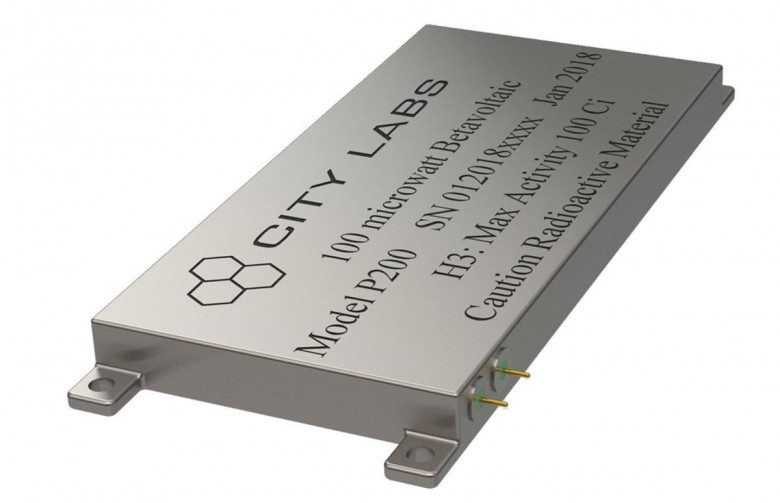
Magnesium instead of lithium-ion batteries? The European Union supports the E-MAGIC project.
The European Union supported the E-MAGIC project in the amount of 6,7 million euros (equivalent to 28,8 million PLN). His goal is to develop magnesium (Mg) anode batteries that are not only denser but also safer than currently used lithium-ion batteries.
In lithium-ion batteries, one of the electrodes is made of lithium + cobalt + nickel and other metals such as manganese or aluminum. The E-MAGIC project is exploring the possibility of replacing lithium with magnesium. In theory, this should allow you to create cells with higher energy density, cheaper and above all, safer than lithium-ion cells, because lithium is a highly reactive element, which is easy to see by watching the video below.
As vice president of the Helmholtz Institute Ulm (HIU) said, "magnesium is one of the key candidates for the post-writing era." Magnesium has more valence electrons, which allows it to store more energy (read: batteries can be bigger). Initial estimates are 0,4 kWh/kg, with a cell price of less than €100/kWh.
> The European project LISA is about to start. The main goal: to create lithium-sulfur cells with a density of 0,6 kWh / kg.
At the same time, the problem of dendrite growth in magnesium electrodes has not yet been noticed, which in lithium-ion cells can lead to degeneration and death of the system.
The E-MAGIC project aims to create a magnesium anode cell that is stable and stable. can be charged many times... If this succeeds, the next step will be to design the entire manufacturing process for magnesium batteries. In the framework of E-MAGIC, in particular, they cooperate with each other. Helmholtz Institute, University of Ulm, Bar-Ilan University and University of Cambridge. The project is scheduled for completion in 2022 (source).
In the picture: diagram of an organic magnesium (Mg-anthraquinone) battery (c) National Institute of Chemistry
This may interest you: